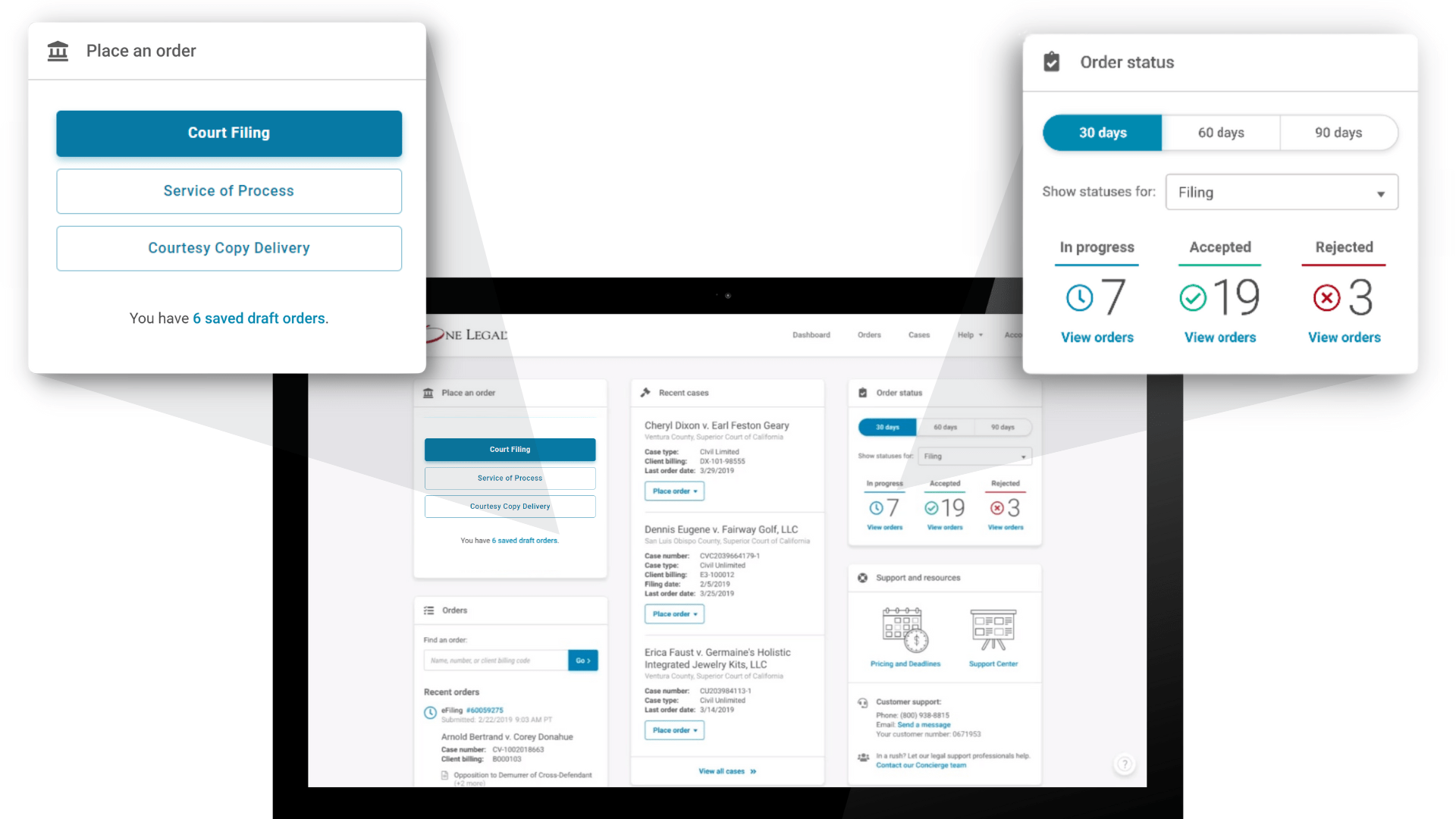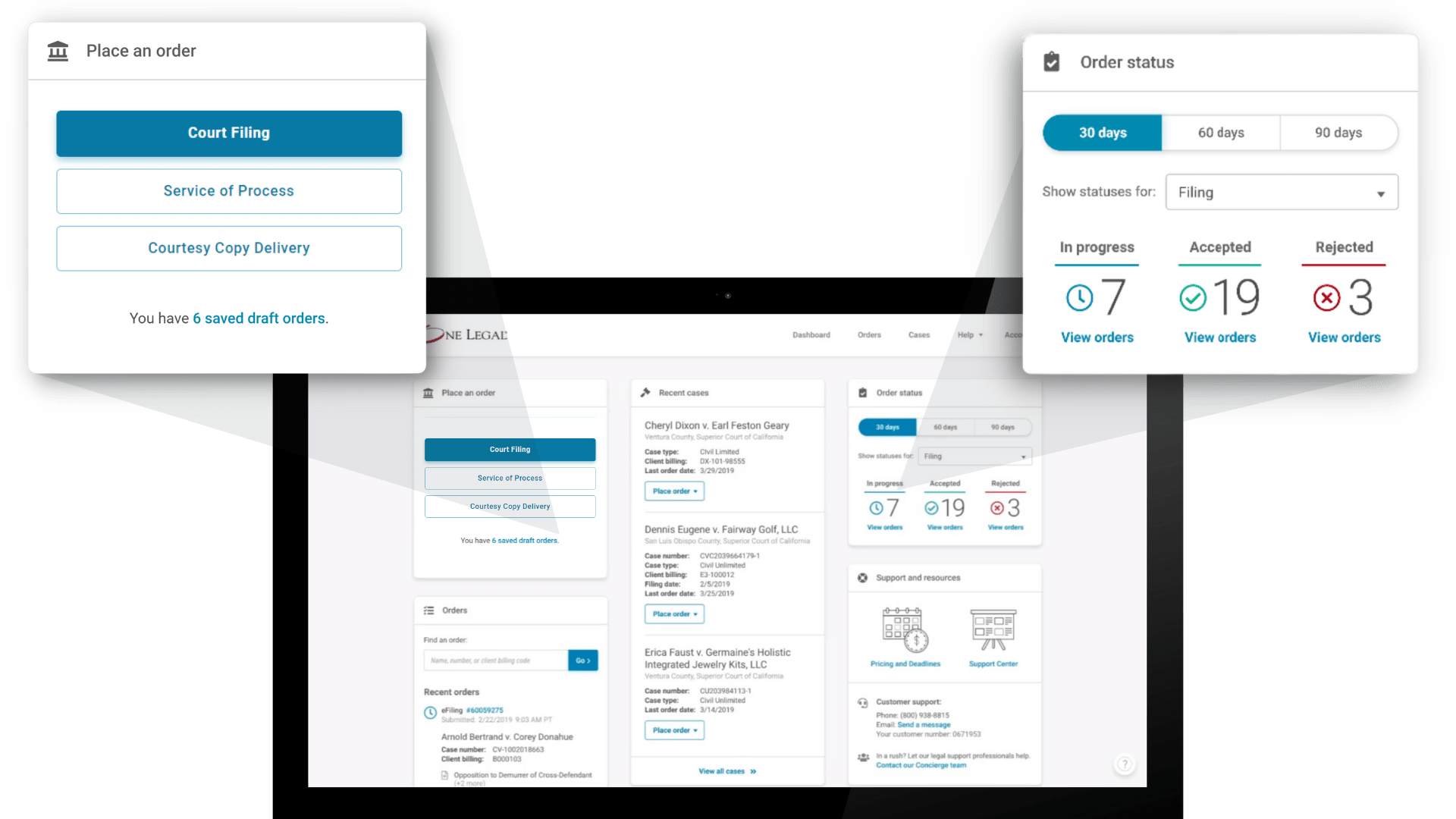The State Bar of California has its own California Rules of Professional Conduct for lawyers; always marching to our own drum in Golden State.
While many states had long promulgated ethics rules that mimicked the ABA Model Rules, California held out on syncing its rules with the ABA until 2018.
That year, the California State Bar did its first major overhaul of the Professional Rules in almost thirty years.
Yet, while the new rules adopted the numbering system and most of the overarching principles of the ABA Rules, there are still some significant differences that are worth noting.
In this post, we’ll give you a quick introduction to how and why the ABA Model Rules are important nationally, and then highlight some of the most significant differences that still exist between the Model Rules and California’s current ethics rules.
What are the California Rules of Professional Conduct?
The California Rules of Professional Conduct are ethical standards governing the behavior of attorneys in California.
They outline the responsibilities and obligations lawyers owe to clients, the courts, and the public, addressing areas such as client confidentiality, conflicts of interest, fees, and communication.
The ABA Model Rules of Professional Conduct
The ABA Model Rules of Professional Conduct are like the North Star for attorneys across the US.
The American Bar Association is a membership organization – thus, its rules technically aren’t binding on anyone. Nonetheless, these rules provide a comprehensive framework for ethical practice.
Importantly, the states are not required to adopt the Model Rules in lockstep fashion. Instead, most states adopt their own versions of these rules with a few tweaks here and there.
This ensures a consistent standard across the country, while allowing states to honor principles and values that are uniquely important to their citizens.
Major differences between CRPC and ABA Model Rules
As noted, California amended its Rules of Professional Conduct (CRPC) in 2018 to largely overlap – both in numbering and substance – with the Model Rules.
That said, some important differences remain, all of which reflect the state’s unique values.
Let’s take a look.
Sexual relations with clients
We might as well address the most salacious rule right out of the gate – the one prohibiting lawyers from having sex with clients.
The ABA Model Rules are pretty clear-cut on this one. Rule 1.8(j) strictly prohibits sexual relations with clients unless the relationship existed before the attorney-client relationship began.
The rationale is straightforward: such relationships can impair an attorney’s judgment and compromise the integrity of the legal process.
California, however, takes a slightly different stance. Rule 1.8.10 of the CRPC mimics the ABA rule with these additions:
- The rule recognizes that an attorney may have sexual relations with a spouse or registered domestic partner that is also a client;
- The term “sexual relations” is defined not just as intercourse, but also “the touching of an intimate part of another person for the purpose of sexual arousal, gratification, or abuse”;
- The rule acknowledges that when a violation of the rule is reported by someone other than the client, an investigation or charge against the attorney may be burdensome on the client, and so no disciplinary charges can be filed without a statement from the client themselves.
Ultimately, California’ rule appears to be more honoring of the client at issue, which likely reflects the State’s longstanding and stringent protection of victims.
Harassing or discriminatory conduct
Next up is the issue of harassment and discrimination – a topic that has seen increasing attention in recent years.
ABA Model Rule 8.4(g), prohibit attorneys from engaging in conduct that the attorney “knows or reasonably should know is harassment or discrimination on the basis of race, sex, religion, national origin, ethnicity, disability, age, sexual orientation, gender identity, marital status, or socioeconomic status in conduct related to the practice of law.”
The rule does not specify whether it applies to client relations or to the broader context of the practice of law.
California ups the ante with Rule 8.4.1, which contains the following important additions:
- It expands the persons protected by the rule to those having a “protected characteristic,” including “race, religious creed, color, national origin, ancestry, physical disability, mental disability, medical condition, genetic information, marital status, sex, gender, gender identity, gender expression, sexual orientation, age, military and veteran status, or other category of discrimination prohibited by applicable law, whether the category is actual or perceived.”
- It clarifies that the rule applies not just to relations with clients, but also to the law firm’s operations, including “unlawfully refus[ing] to hire or employ a person, or refus[ing] to select a person for a training program leading to employment, or bar[ring] or discharg[ing] a person from employment or from a training program leading to employment, or discriminat[ing] against a person in compensation or in terms, conditions, or privileges of employment; or unlawfully retaliating against persons.”
Again, this reflects California’s overall ethic regarding fair and safe treatment for all people.
Integrity in admissions and investigations
What if the State Bar is investigating an attorney? Say, with respect to the admissions process or a disciplinary situation? Well, let’s talk about that.
Under the ABA Model Rules, attorneys are expected to cooperate with bar investigations – this is part of the general duty to maintain the integrity of the profession. Rule 8.1 emphasizes the need for honesty and transparency, requiring attorneys to respond truthfully to inquiries from bar authorities.
California’s approach, as outlined in Rule 8.1 of the CRPC, mirrors this expectation but with added layers. California attorneys and applicants must not:
- Make false statements of material fact or make statements with “reckless disregard” as to their truth or falsity.
- Fail to disclose a fact necessary to correct a misapprehension known by the person to have arisen in the matter.
- Fail to respond to a lawful demand for information from an admissions or disciplinary authority.
The emphasis here is on full disclosure and cooperation, with the added nuance that attorneys must actively correct any misconceptions that arise during the investigation process. This proactive stance upholds the integrity of the profession through complete transparency and accountability.
Fees and fee agreements
The issue of fees and fee agreements is another area where the CRPC diverges from the ABA Model Rules. The ABA’s Rule 1.5 addresses the “reasonableness” of fees and the general requirements for fee agreements, including contingency fees. It aims to ensure that fees are not excessive and that clients are fully informed about the fee structure.
California’s Rule 1.5, on the other hand, speaks of fees in terms of “unconscionability.” And, whereas the ABA rule only sets out eight factors in assessing reasonableness, the State rule provides 13 separate factors for determining unconscionability. These additional factors include things like “whether the lawyer engaged in fraud or overreaching in negotiating or setting the fee” and “whether the lawyer has failed to disclose material facts.”
It’s almost like the Model Rules presume an attorney will act ethically in setting fees – making sure only that they are reasonable – while the CRPC wants to make darn sure lawyers aren’t being downright dirty in setting fees with their clients. An interesting difference, to be sure.
Conflicts of interest
Conflicts of interest are a significant concern in legal practice and both sets of rules reflect that. Once again, however, the California rules are a bit more stringent than their ABA counterpart. For instance, the disclosure requirements and “additional relationships” contemplated by CRPC 1.7 are notably more comprehensive.
The California rule mandates written disclosure of a conflict even when a significant risk of material limitation is absent (particularly if the lawyer or another lawyer in their firm has a legal, business, financial, professional, or personal relationship with or responsibility to a party or witness in the same matter).
Furthermore, it requires disclosure if the lawyer knows or reasonably should know that another party’s lawyer is a spouse, parent, child, sibling, cohabitant, client of the lawyer or another lawyer in the firm, or someone with whom the lawyer has an intimate personal relationship.
In contrast, ABA Model Rule 1.7 does not necessitate such detailed disclosures. It primarily focuses on direct adversity and significant risks of material limitations without the added layers of mandatory relationship disclosures found in the California rule.
This difference underscores California’s emphasis on transparency and the prevention of potential conflicts by addressing a broader range of personal and professional relationships that could influence a lawyer’s representation of a client.
Safekeeping property
Handling client property responsibly is crucial for maintaining trust. The ABA Model Rules, through Rule 1.15, outline the responsibilities of attorneys in handling client property, emphasizing safekeeping and proper accounting. These rules are designed to ensure that client property is protected and managed appropriately.
California’s Rule 1.15 goes further by imposing stricter requirements on the management of client trust accounts, including more detailed record-keeping and reporting obligations. Once again, the California rule ensures greater transparency for its State’s legal clients. It goes further, however – giving additional accountability in the handling of client funds and property.
Thus, California attorneys must be particularly vigilant in their management of client property, maintaining meticulous records and following stringent protocols to avoid any ethical breaches.
Conclusion
While we haven’t highlighted every difference between the ABA Model Rules and California’s Rules of Professional Conduct, we hope this exercise gives the intended message. If you’re a practitioner in California and you’re facing an ethical question, it’s never sufficient to solely consult the ABA rules for guidance.
California has a unique set of values and the ethical rules it has set for its attorneys reflect that.








